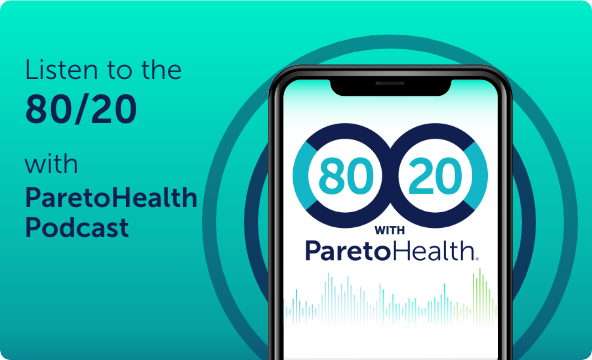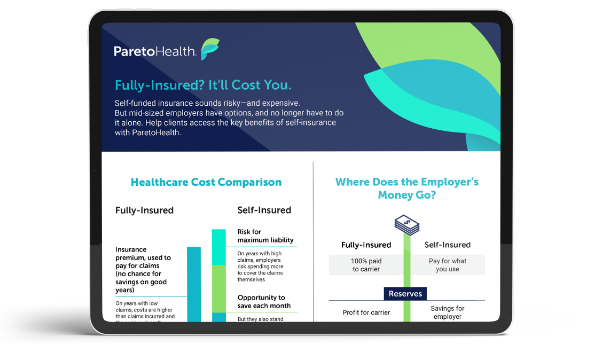What is a laser in stop-loss insurance?
If you need a refresher on any of the basics of stop-loss insurance, please see our other articles on the topic:
Stop-Loss Insurance 
Specific Stop-Loss 
Renewing an individual stop-loss policy is a balance of reviewing a group’s historical experience, understanding the performance of a book of business, and assessing potential large future claims. All three of these pieces are considered when considering how many claims to expect in the upcoming policy period and, consequently, how much premium is required for the policy.
While reviewing this material for a group’s renewal, a carrier might discover what is often called a “catastrophic claimant.” These are individuals who are projected to have claim totals well above the individual specific deductible level. This is where a laser might come into play.
A laser is a separate, high, individual specific deductible that applies to a single, identified person within an individual stop-loss policy. For example, an employer is under a $50K individual stop loss (ISL) level, and one person is lasered at $500K. The group is responsible for up to $50K for every employee except the lasered individual. For this individual, the employer is now responsible for up to $500K because they are lasered out of the policy’s $50K ISL level.
As another example, let’s say we have a 150-employee group with a $50K ISL level, $400K in annual premium, and an emerging catastrophic claimant projected to have $500K in claims. With the projected claim total well over the annual premium, the carrier will need to account for this catastrophic claimant in the renewal pricing and will likely do this in the form of a laser.
Suppose they put a $400K laser on this individual. In that case, the carrier can shield themselves from the total cost of the claimant, pass $400K of liability onto the employer, and give the ISL premium a more typical increase. This can be a pretty intimidating concept for a 150-employee group, having to potentially fund all of their regular health care costs plus an additional $450K for one individual.

At ParetoHealth, we include a no new laser and 30% rate cap clause in all our contracts, so groups never have to worry about getting stuck with that kind of financial liability after they join. This uniquely strong contract allows employers to take a long-term view of their benefits strategy.
Consider when evaluating the rate cap that your premium on a self-funded plan ordinarily only represents around 25% of your total costs, meaning that a 30% increase only equates to roughly 7-8% on overall plan costs.
We can do this because of the strength of our captive: our significant size and scale can help mitigate this risk across the captive block without the need to add new lasers when catastrophic claimants emerge.
Risk-sharing is the cornerstone of our captive program and allows us to offer our unique, multi-year version of stop-loss coverage. We take our stewardship of the captive very seriously, vetting potential new employers for financial stability and conceptual buy-in at several stages before selling a policy. Almost all common forms of insurance require a similar risk-sharing, and our pool consistently performs well.
There’s a Better Way to Do Employee Health Benefits
Join an upcoming webinar to learn how ParetoHealth turnkey employee health benefits solutions deliver the scale and resources mid-sized businesses need to self-insure with total confidence. By combining a captive model with comprehensive medical and pharmacy cost containment strategies, our members realize significant cost savings with multi-year protection.
 December 4, 2023
December 4, 2023 






